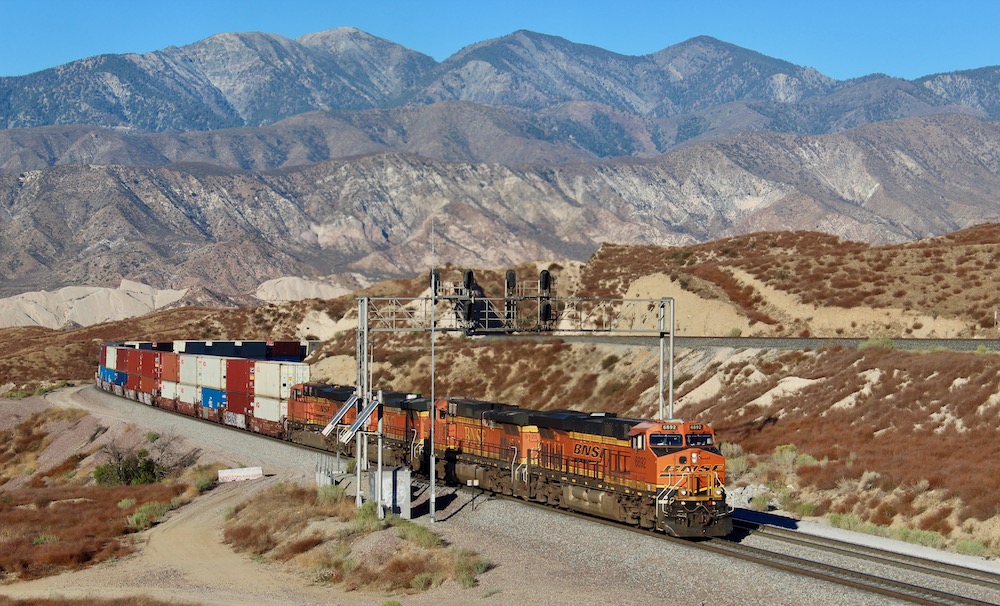
FORT WORTH, Texas — BNSF Railway is not hitting the pause button on a pair of trade-dependent intermodal projects in California and Arizona despite the broad tariffs that the Trump administration unveiled on April 2.
BNSF is planning to build a $1.5 billion terminal and transload center in Barstow, Calif., to handle international containers. The 4,500-acre Barstow International Gateway project aims to speed imported freight to inland markets by reducing the amount of time containers dwell on the docks at the ports of Los Angeles and Long Beach as well as by streamlining the transloading process into domestic containers.
In Arizona, BNSF is planning to build a 4,321-acre project near Phoenix that would include an intermodal terminal, a logistics park to handle the warehousing and distribution of consumer goods, and a logistics center to handle carload traffic in support of local industries.
Both projects still have a green light. “We’re not re-evaluating at this time,” BNSF spokesman Zak Andersen says.
BNSF last year set a record for the number of on-dock containers it handled at the ports of L.A. and Long Beach as retailers pulled forward their import orders in order to beat anticipated tariffs. Measured by container volume, the Port of Los Angeles had its second-busiest year on record in 2024, while the Port of Long Beach set an annual container volume record last year. Combined, the ports handle about a third of the cargo imported into the U.S.
Port of Los Angeles Executive Director Gene Seroka said last week that he expects container volume to fall by at least 10% in the second half of this year due to a combination of inventory pull forward and the impact of tariffs on consumer spending.
Intermodal analyst Larry Gross said last week that it’s unclear how tariffs will ultimately affect global trade.
“What we’ve seen here is that when there is a deal it’s never quite a done deal, but just a starting point for further negotiation,” Gross says about proposed tariffs. The administration, he notes, has typically modified its tariff plans based on concerns raised by various industries.
“So where things land and how long they stay that way is a big question mark,” Gross says. “And that is an important point because what that does is create continued uncertainty.”






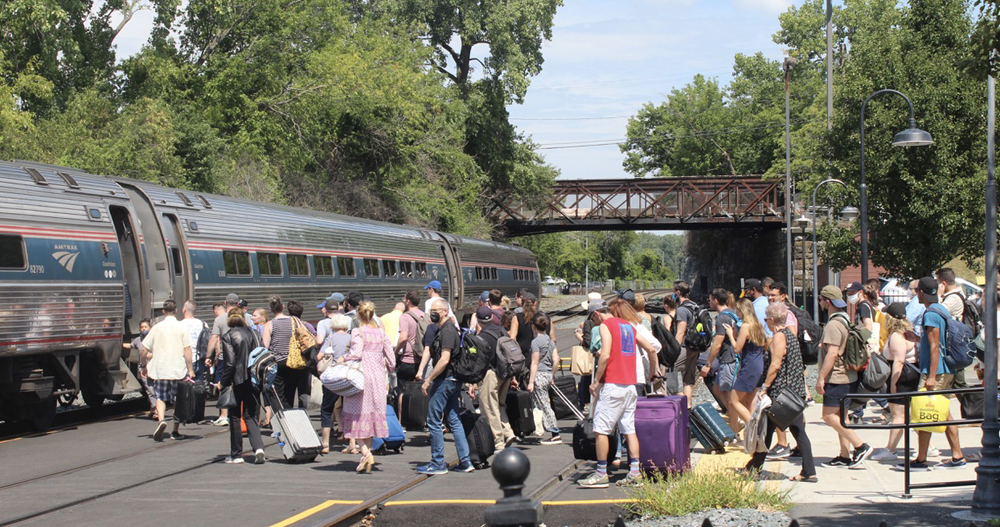
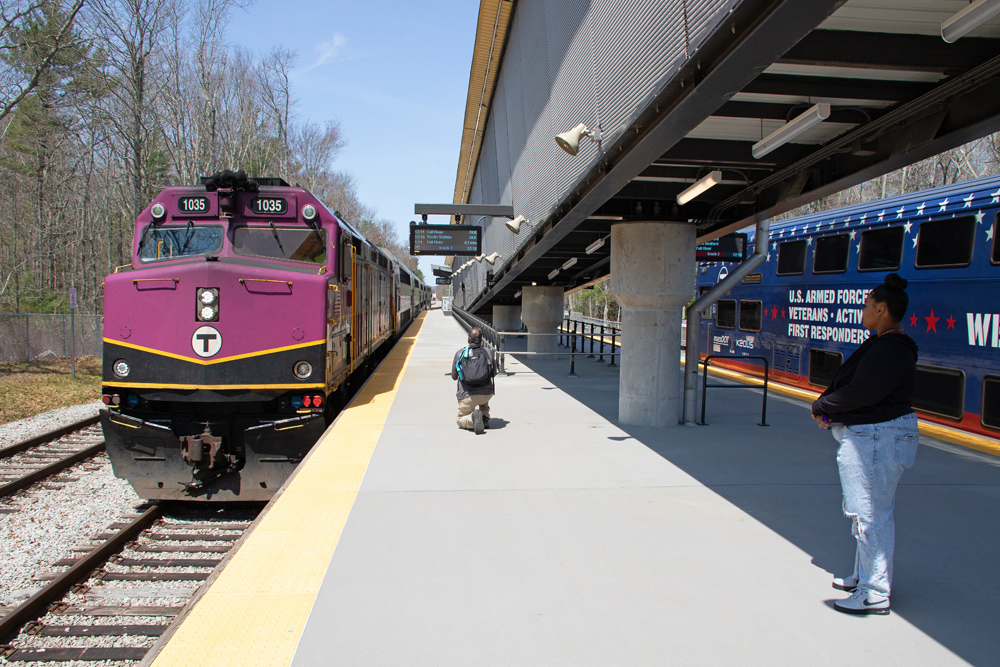
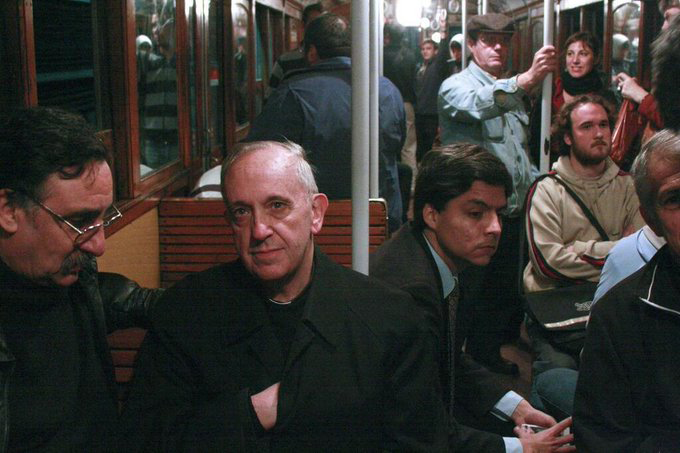
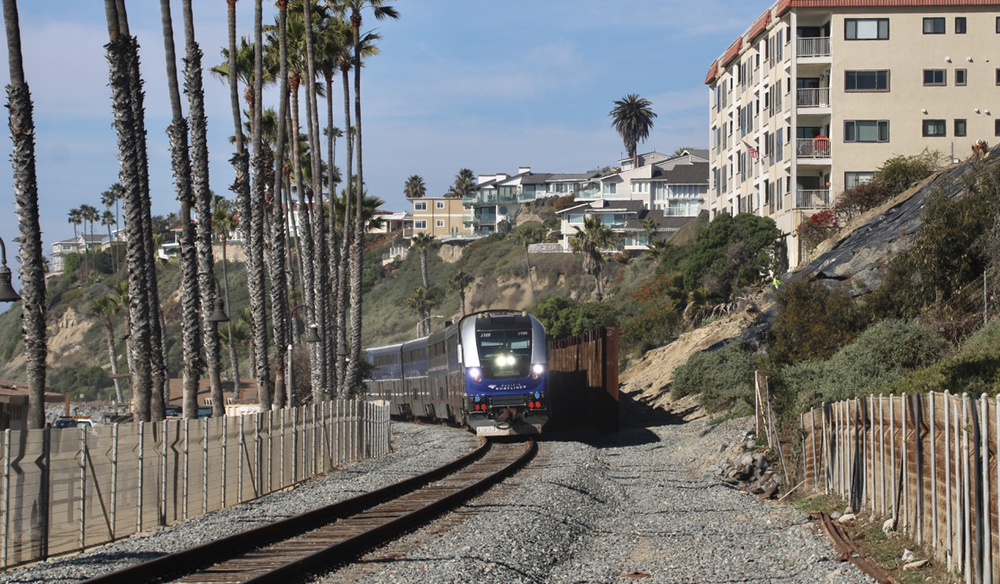
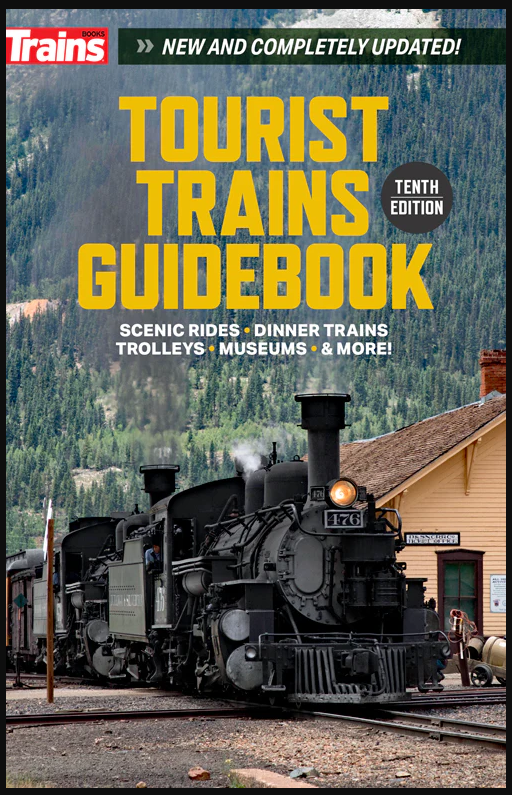
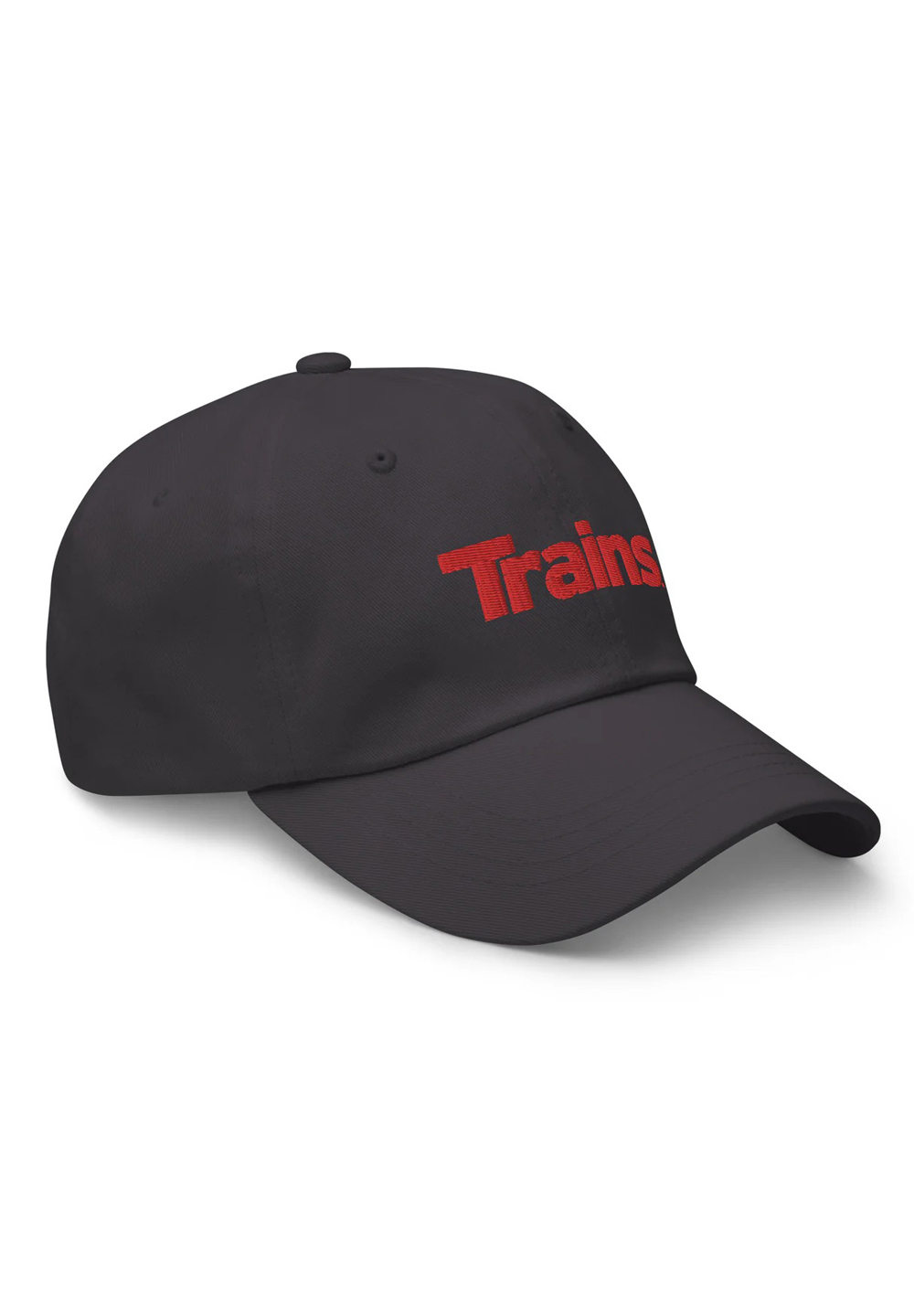
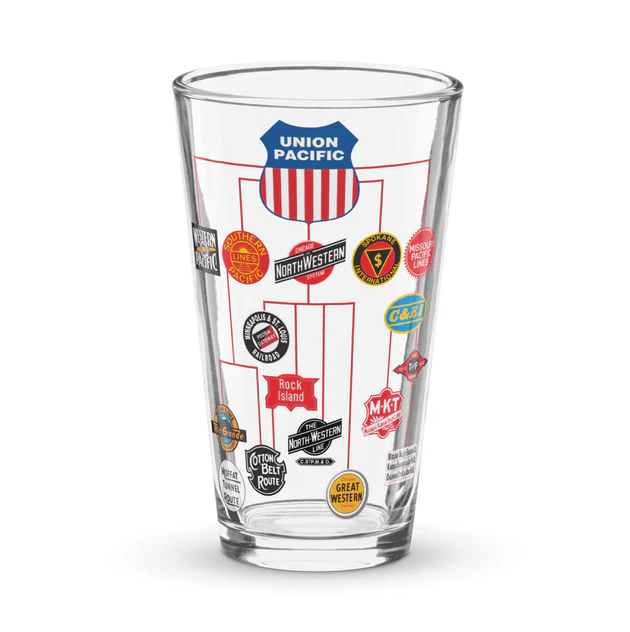
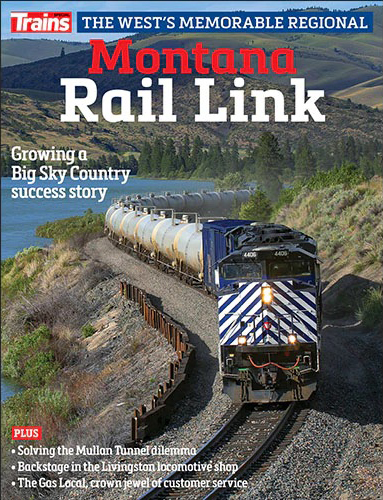
I’m curious as to how BNSF is going to connect from L.A. to Phoenix. Will they travel from their mainline near Williams, AZ to PHX, or will they travel via trackage rights or tolls on the C&A RR to Wickenburg and onto PHX?
It seems UPRR should be operating their former embargoed mainline from Wellton to PHX for the same reasons???
Seems prudent and wise. Traffic will ultimately increase and Trump’s pointless tariffs, symbolic of complete macroeconomic illiteracy, cannot last.
Trump says that after April 2, 25, he will match every country’s tariffs (except Canada and Mexico) % to %. I hope that’s a good thing so long as he let’s those various countries take the initial lead in any further tariff increases, and the U.S. doesn’t competitively exceed those increases, but simply matches those increases, tit-for-tat.
In that way, the U.S. doesn’t only match any other country’s tariff increases, but it also leaves the door open to hopefully match any country’s tariff DEcreases as well, which theoretically could eventually come down to zero% VS zero%. I believe that is what Trump MIGHT be trying to achieve, whether in the short or long run??? If so, IMHO that could be a good thing.